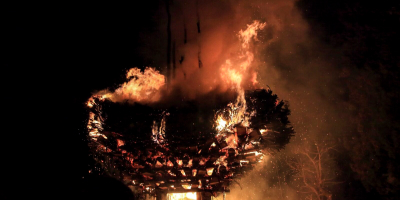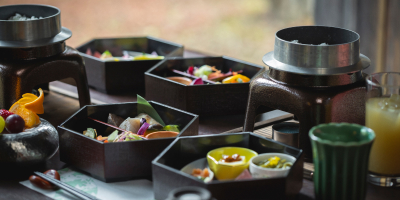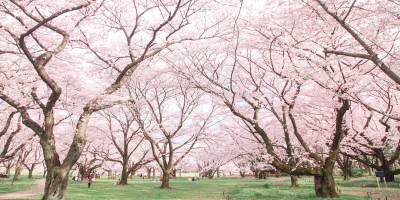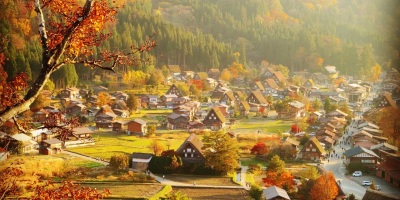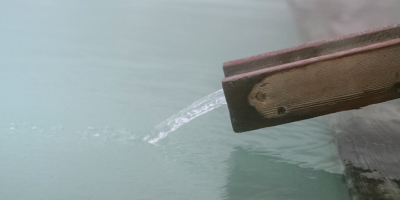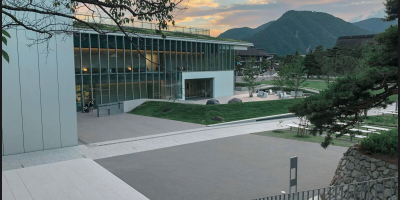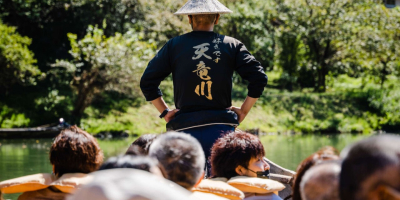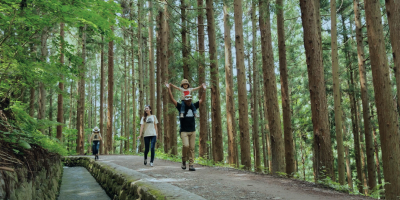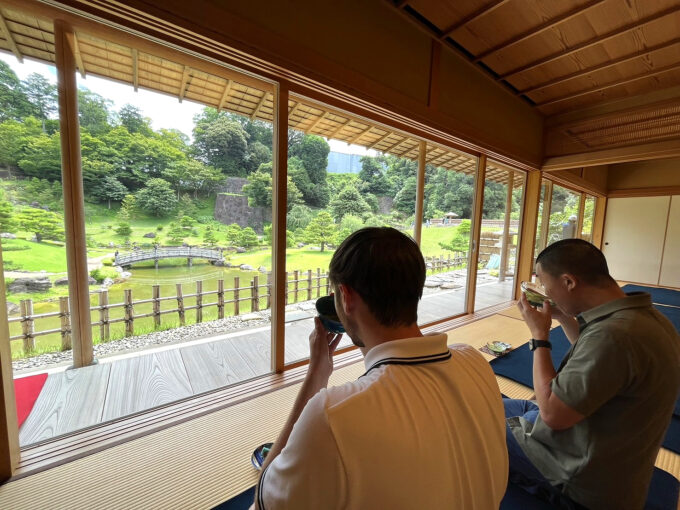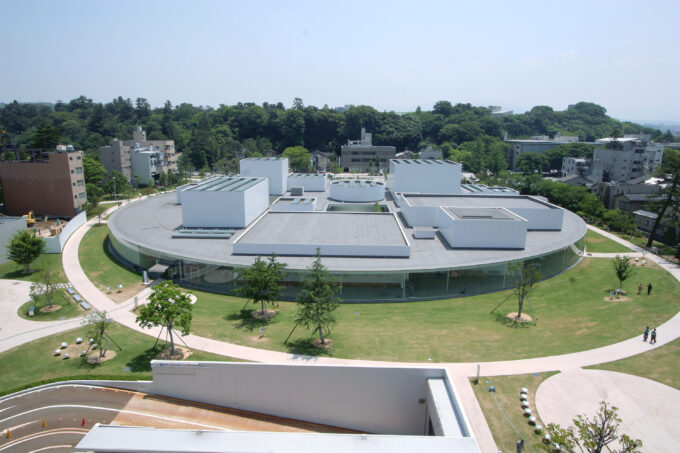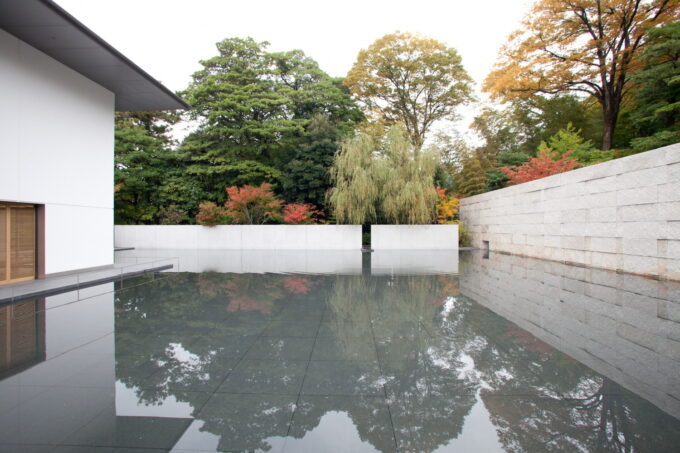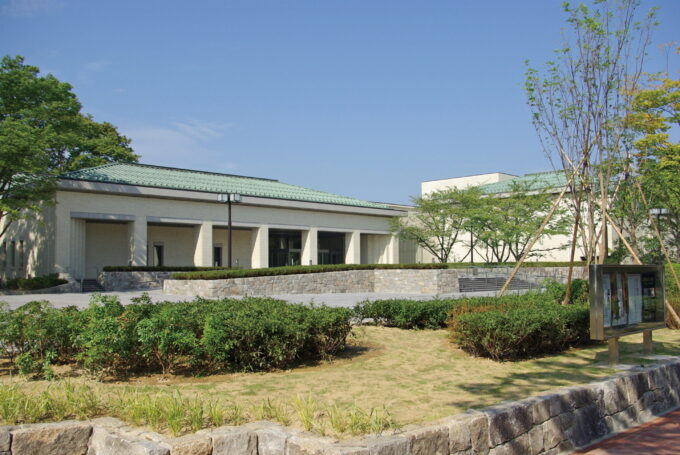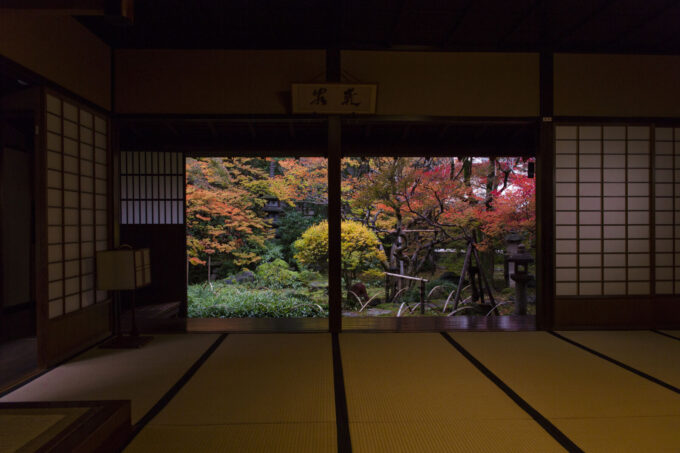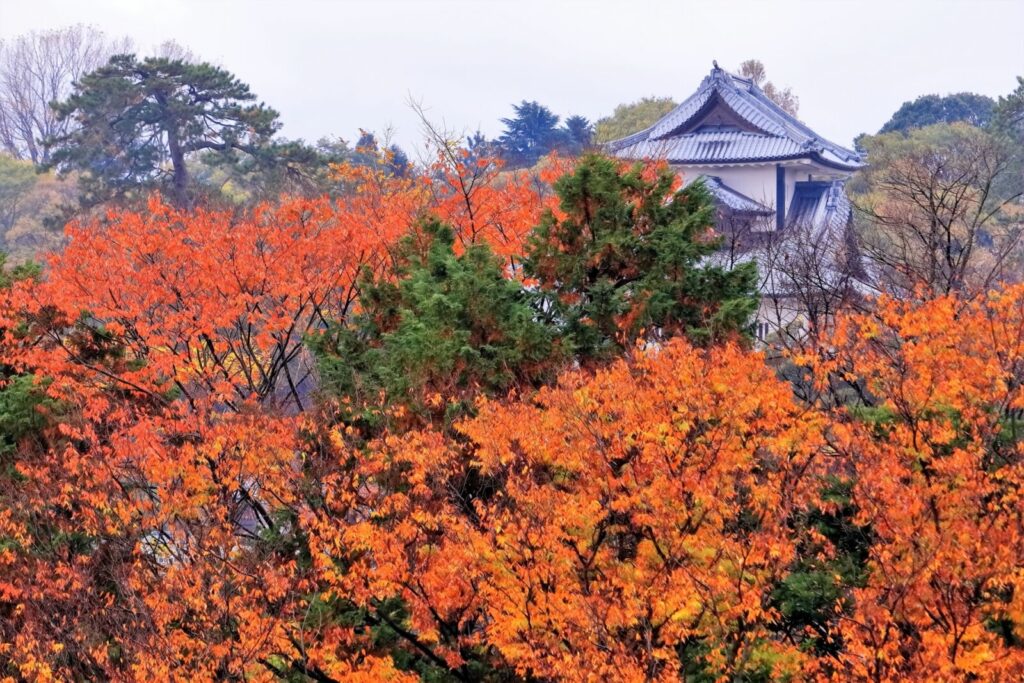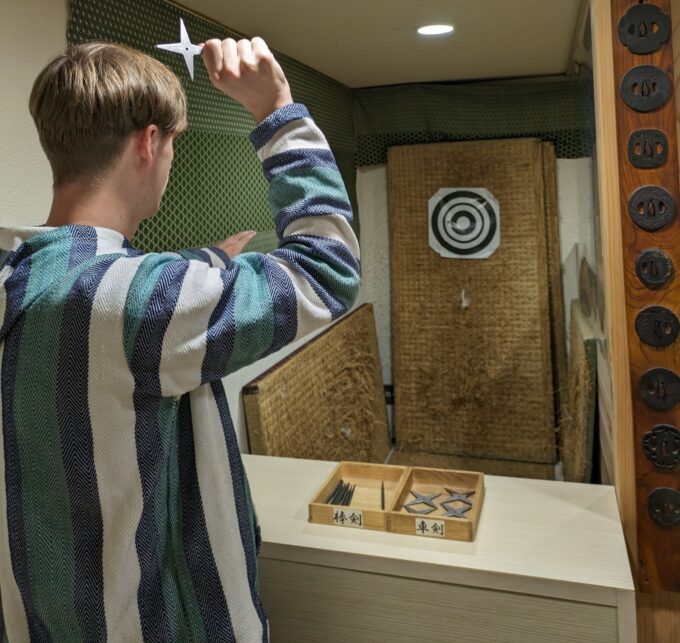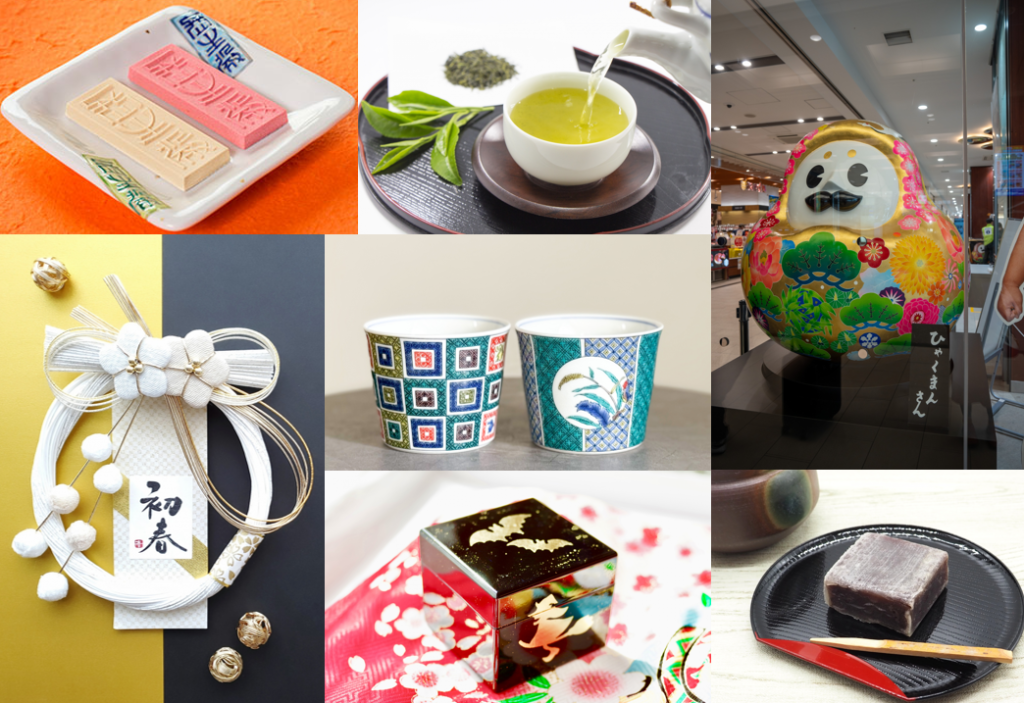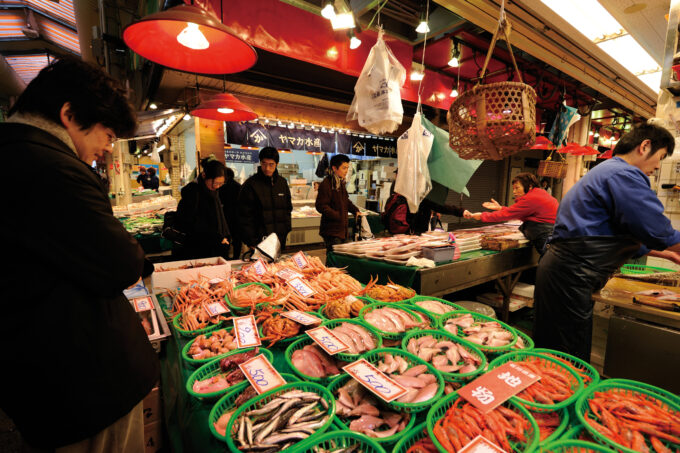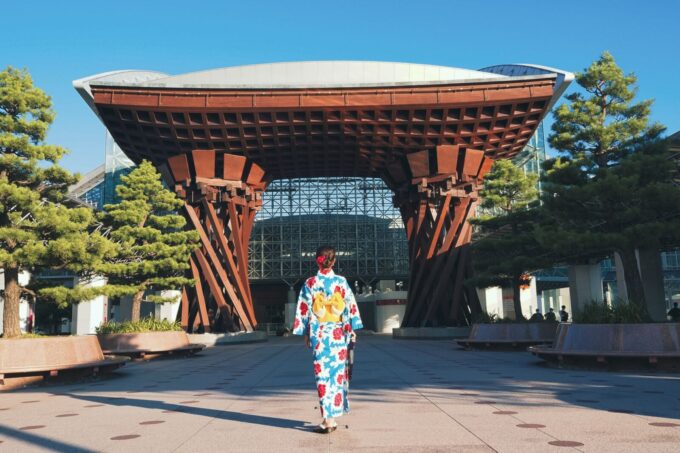The collection dates from the Meiji Period (1868-1912) to the present day and holds a large number of Important Intangible Cultural Properties including 130 pieces considered masterpieces of modern craft. Through the exhibitions, visitors can gain an appreciation for the diversity of modern crafts and the influence of regionality of the techniques and materials used.
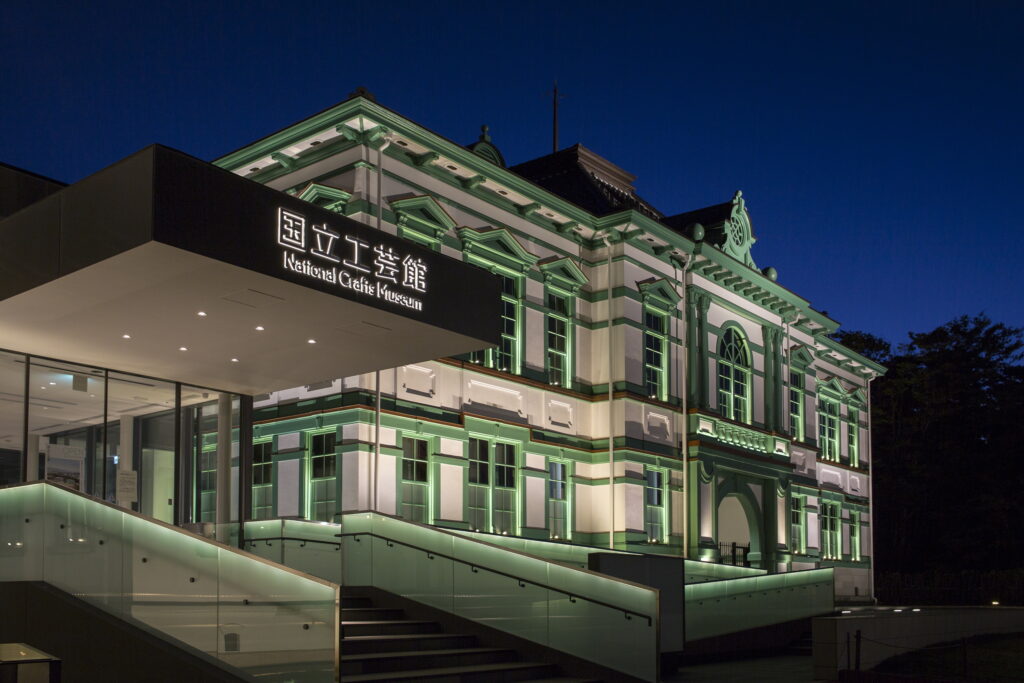
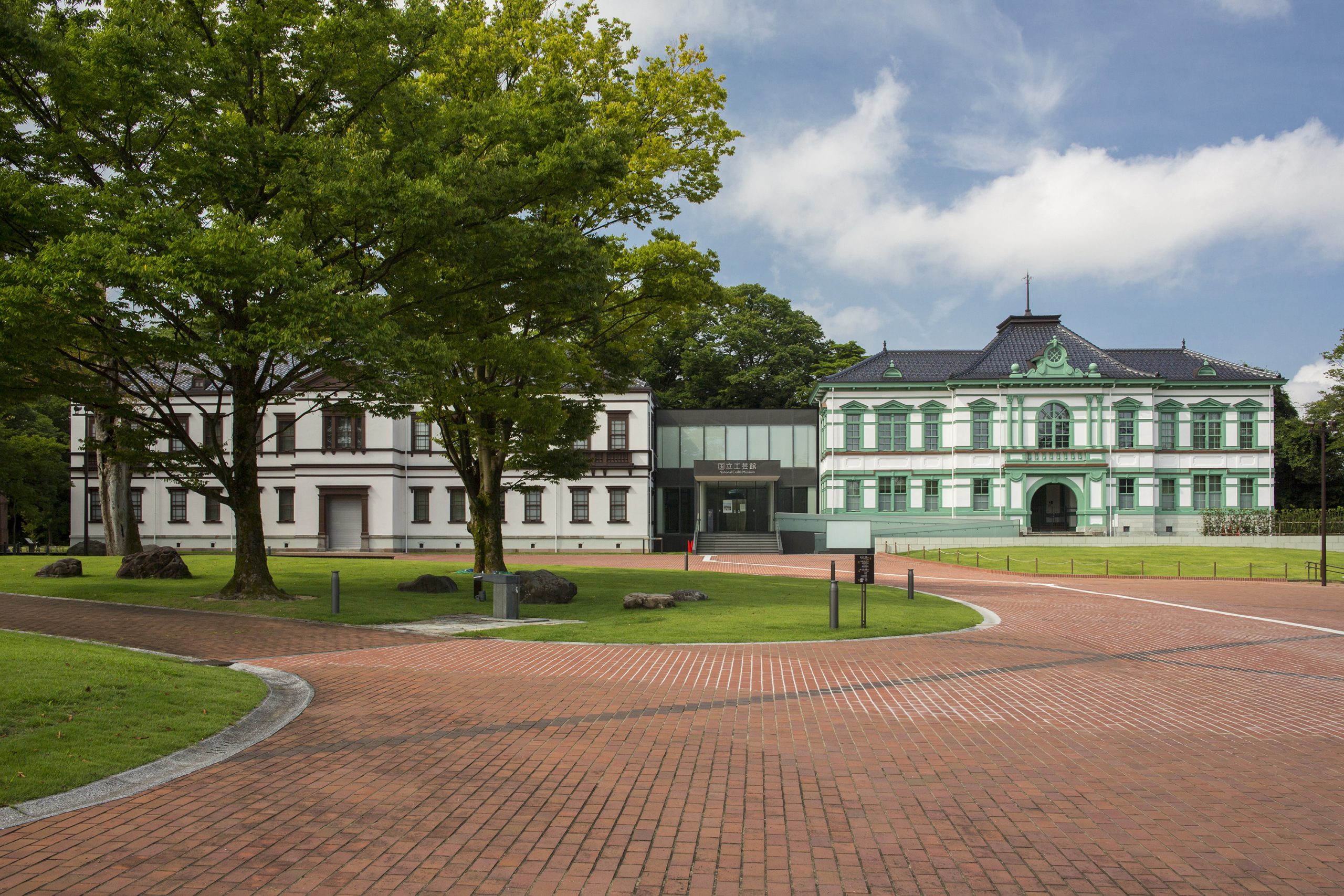
What is Kogei?
Kogei is the Japanese word for traditional crafts and comprises of a vast array of different styles. Disciplines include ceramics, textiles, lacquerware, papermaking, woodworking, metalworking and dozens of other techniques. Kanazawa is seen by many as a beating heart of kogei due to its historical ties to so many styles of artistic expression. The Edo Period (1603 - 1868) ruling family, the Maeda Clan, were avid patronisers of the arts.
Somewhat ironically, the building currently used to house the museum after its relocation from Tokyo in 2020 is the former 9th Army Division Headquarters Building, which was preserved after the Second World War. Imperial Japan placed little emphasis on the arts, but they were revived from the ashes of war to recapture the magic and splendour of Kanazawa in its golden age.
Museum Exhibitions
For its collection, the museum places particular emphasis on both Japanese and international craft works made in the postwar era, when artistic expression exploded in popularity and variety. Today, it houses more than 4,000 pieces in its collection.
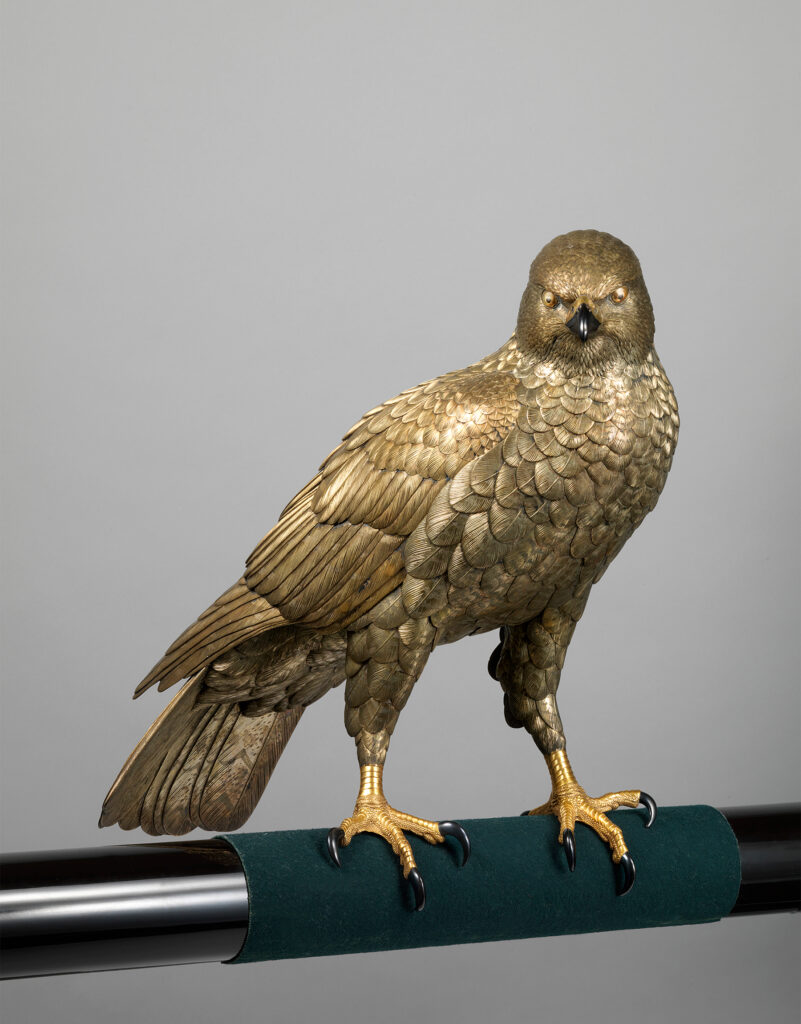

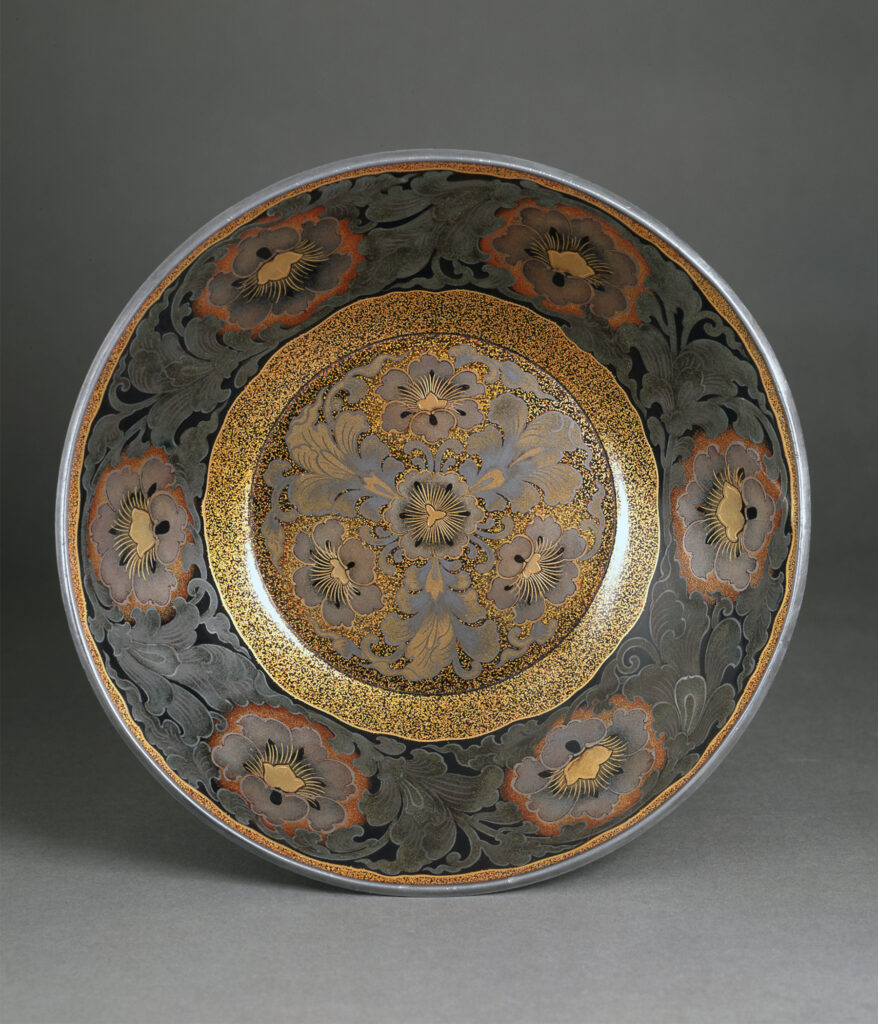
Among the highlights are Chokichi Suzuki's Twelve Hawks, which was designated as one of Japan's Important Cultural Properties. There are also works by Living National Treasures like Tomimoto Kenkichi, and pieces by masters of their craft, such as Rokkaku Shisui.
Pokemon x Kogei
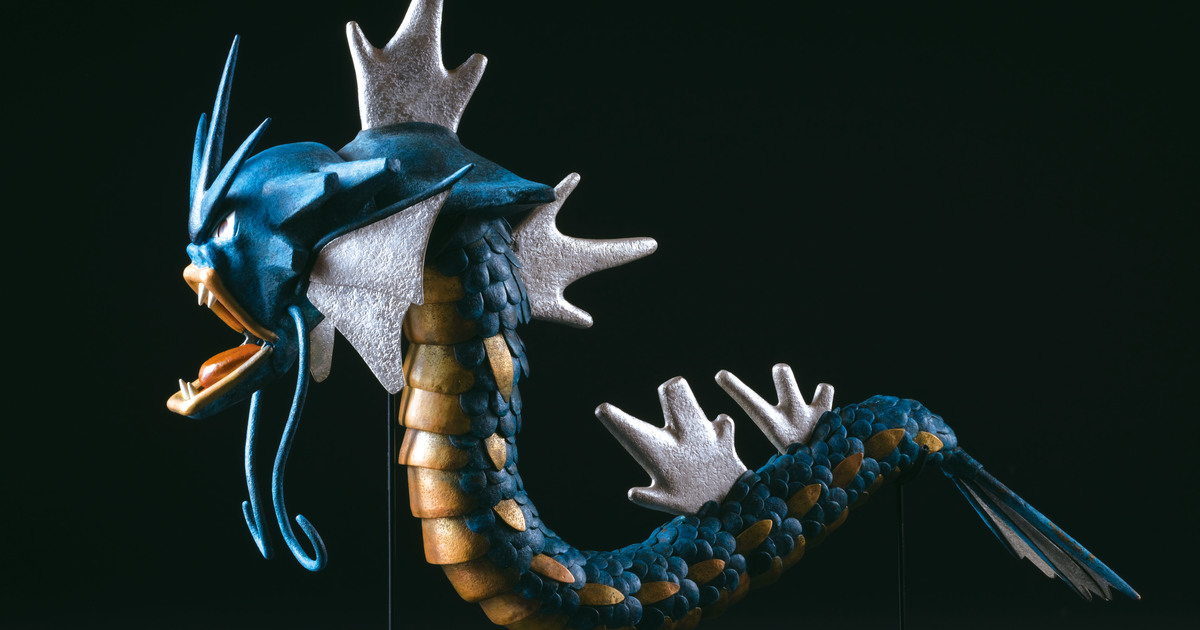
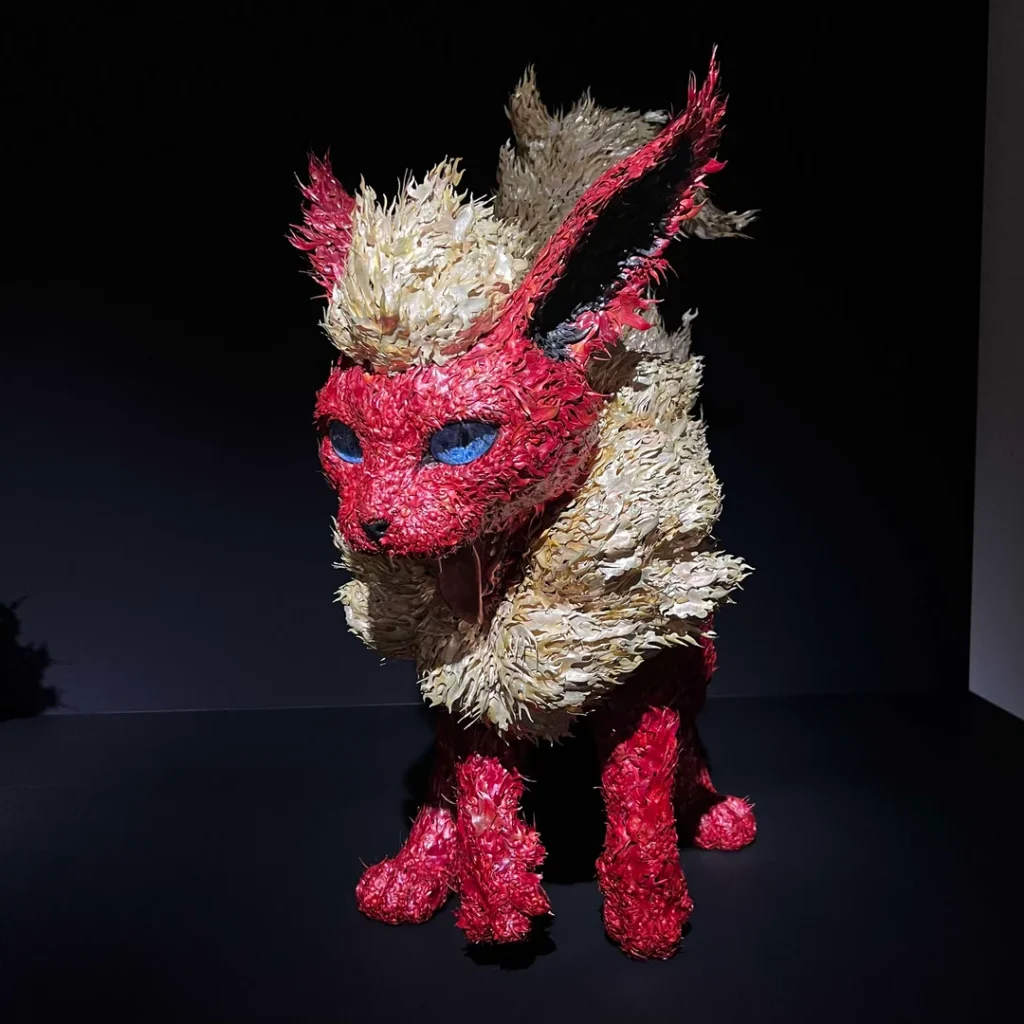
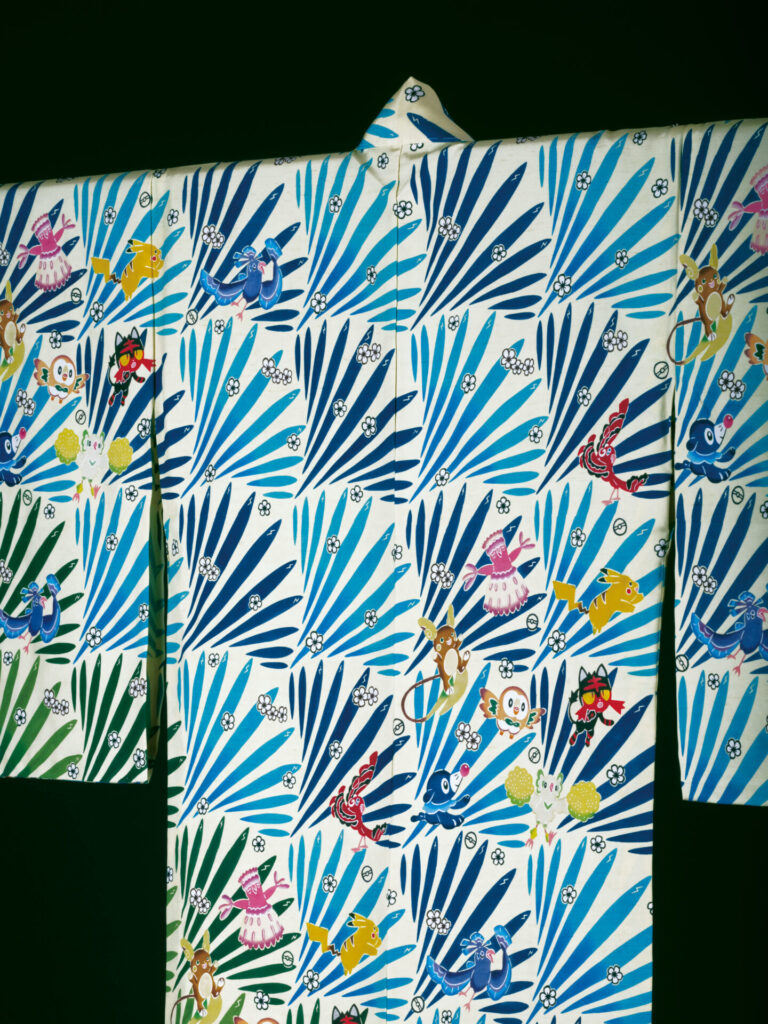

The museum sponsored its most famous collaboration, Pokemon x Kogei, in 2023. 20 craftspeople, from elder masters to rising stars, produced stunning artworks blending different Pokemon characters with kogei crafts. The result has been a global success and has gone on international tours.
If you've seen the exhibition while on your journey in Japan and would like to see more of the beautiful works done by kogei artists, the National Crafts museum is definitely the place to go!
Visiting the Museum
The museum is located in Kanazawa’s ‘Kenrokuen Cultural Zone’, in close proximity to the Ishikawa Prefectural Museum of Art, the Ishikawa Red Brick Museum and Ishikawa Prefectural Noh Theater. Positioned only a short walk from the 21st Century Museum of Contemporary Art, the DT Suzuki Museum, Kanazawa Castle Park and Kenrokuen Gardens, the precinct is one of Japan’s most enjoyable cultural destinations.
Are you interested in a guided tour around this beautiful city? See the castle, garden, geisha district and many of the other sites mentioned above and all in one day!
KANAZAWA MAIN SIGHTS TOUR / all year round
This tour has you walk in the same streets as those from times past. Walk the streets of the samurai of the Kaga clan and see a warrior's house from the Edo period. Relax and enjoy matcha in a tea house overlooking a beautiful garden next to the impressive castle walls. Stroll through the Kenroku-en garden like the daimyos of the Edo period and admire the artistry of the landscaping of not just the land but of the trees as well. Finally, walk through Higashi Chayamachi, the old geisha district, where you can shop, snack and take a tour of an opulent former tea house that was used by actual geisha in the past.
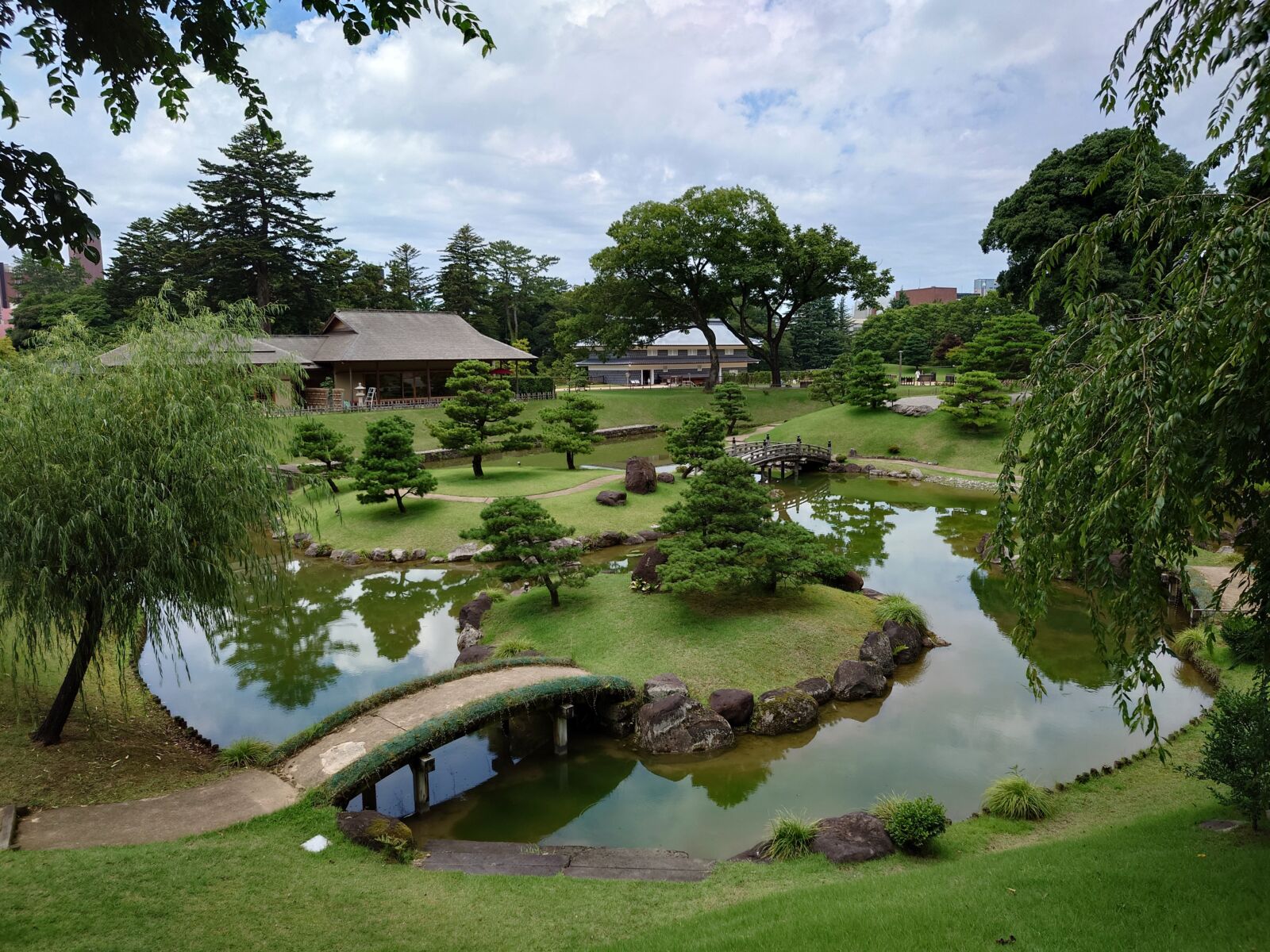
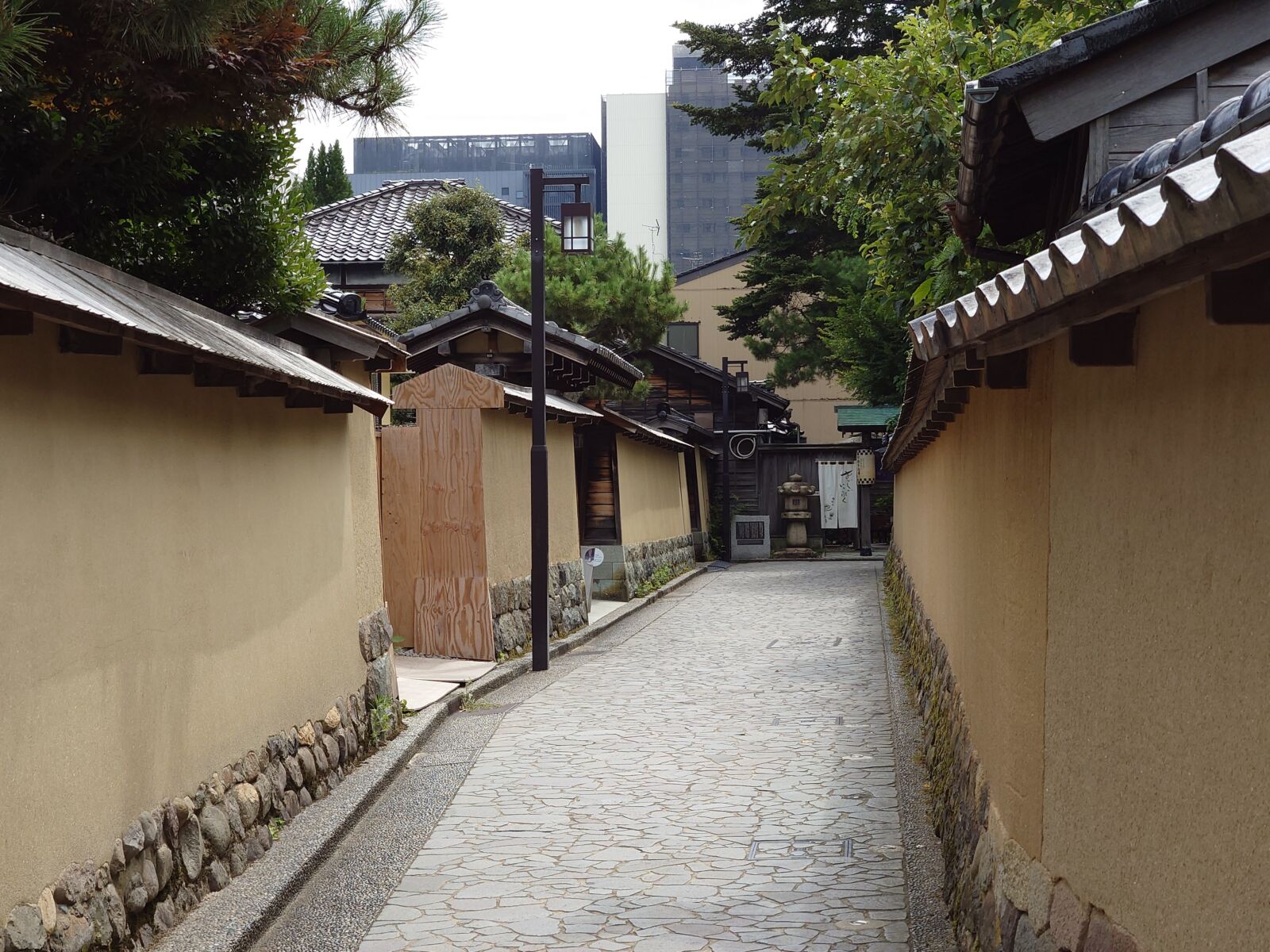
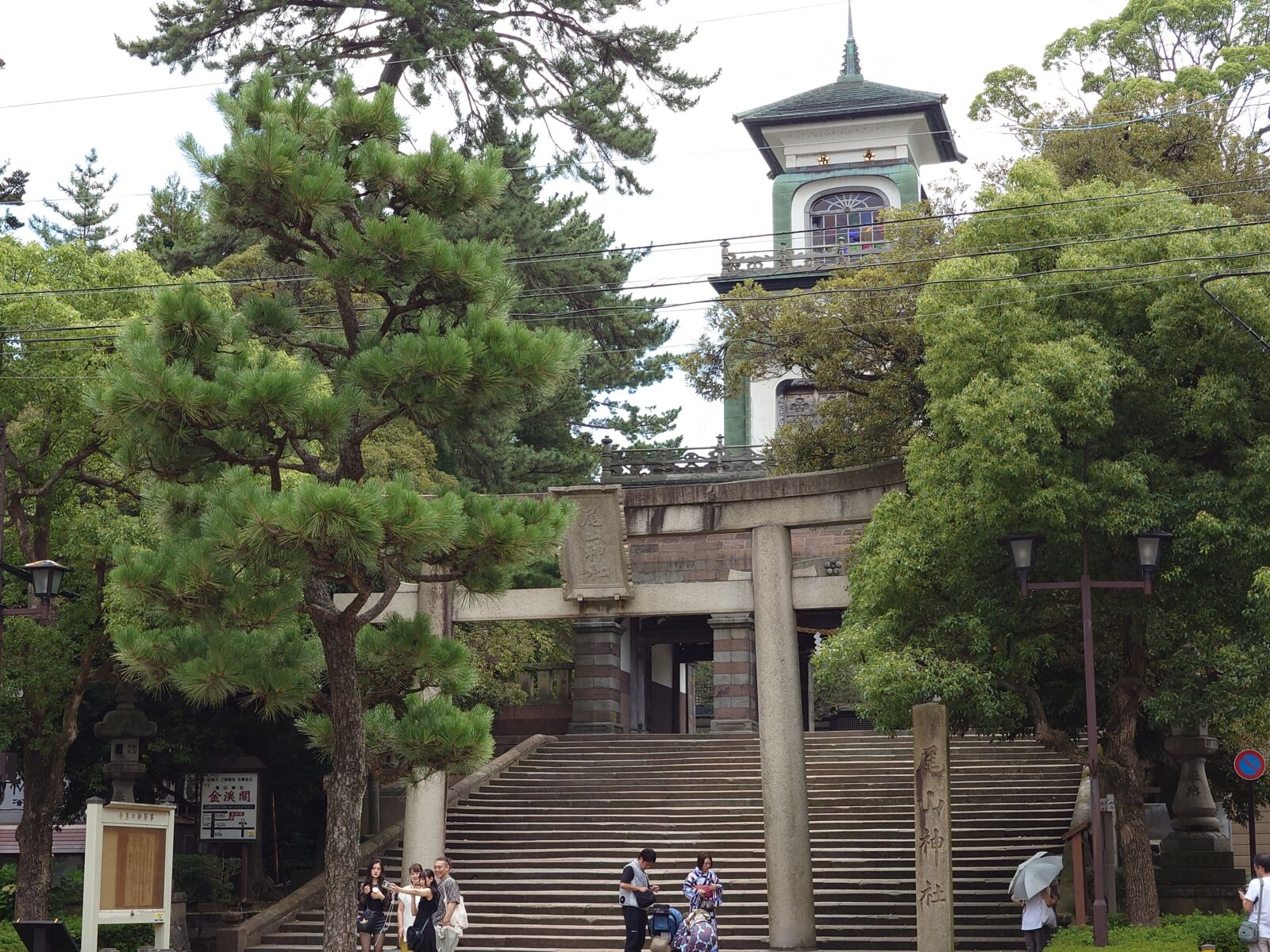
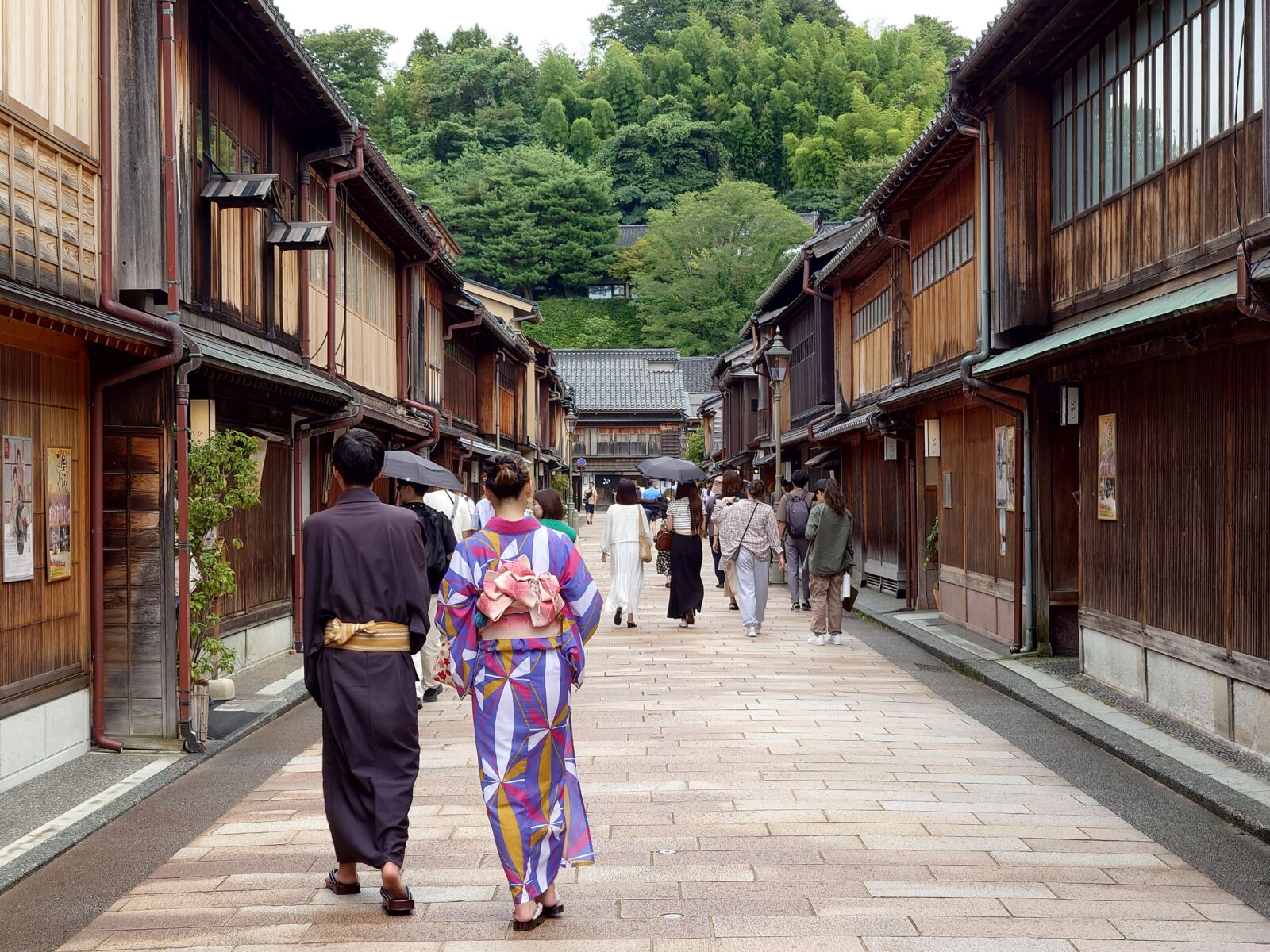
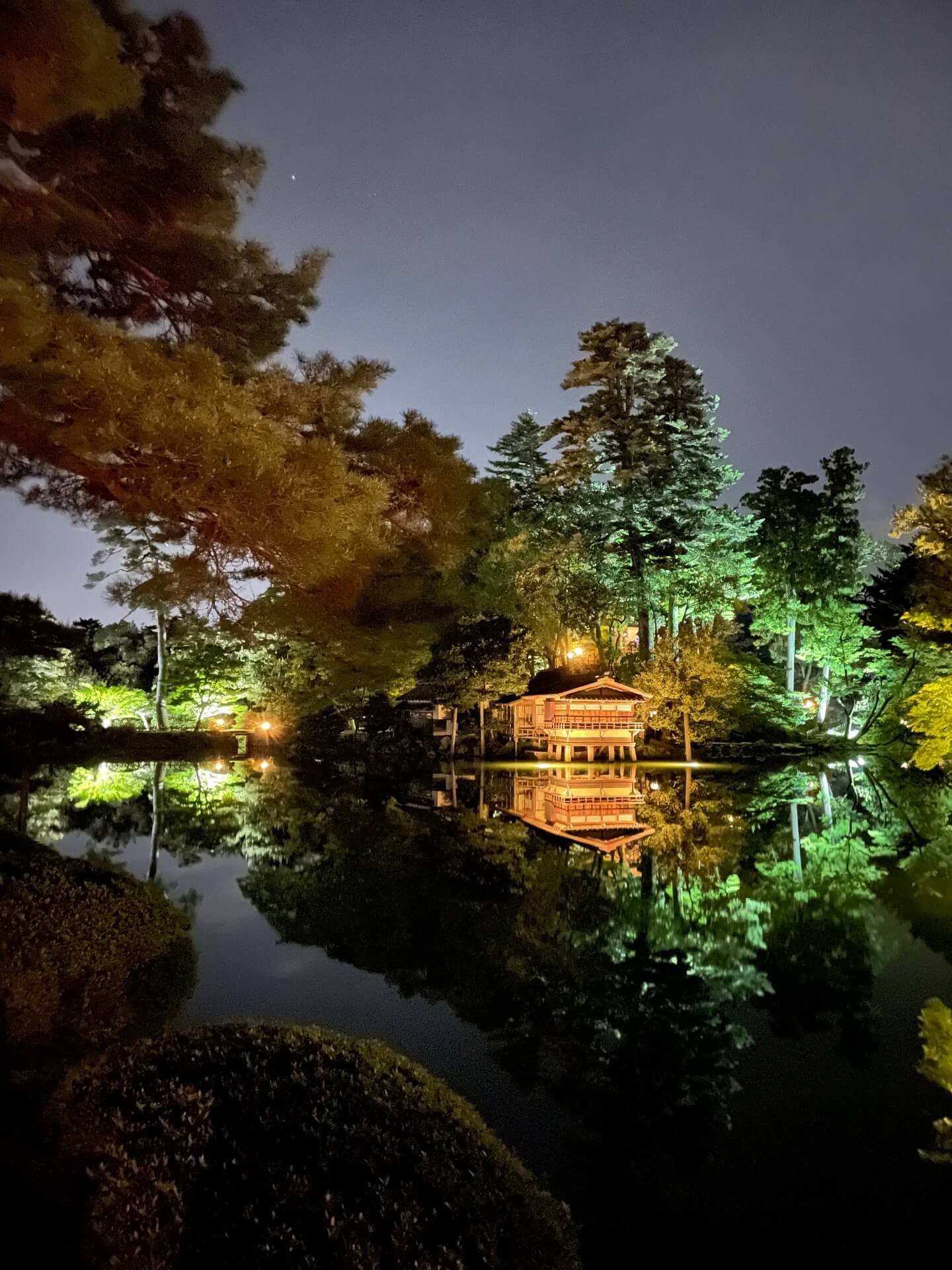
Frequently Asked Questions (FAQ)
Is the museum appropriate for children?
Young children are welcomed inside the museum, and may find their life's calling there. For babies, the museum has nursing rooms and stroller rental if necessary. If children are disruptive, you may be asked to step outside for a short time - let a staff member know when you and your child are ready to go back inside.
How long does it take to walk around the museum?
Obviously, it depends on the person, but most people spend 40 minutes to an hour inside the museum.
Can I take pictures inside the museum?
It depends on the exhibit, which will be posted around the museum. Taking videos, using flash, tripods and selfie sticks are banned, however.
Why are there people sitting in most of the rooms?
This is common in museums in Japan. They're staff and just making sure everything is alright and nobody is being disruptive. If danger were to occur, however, they leap into action like ninja to eliminate the threat.



